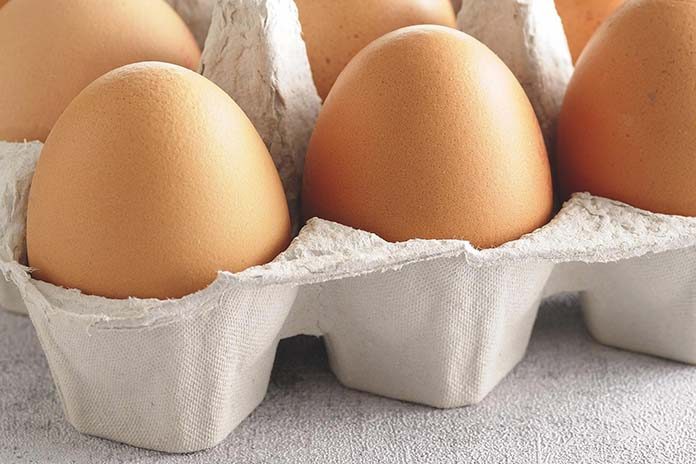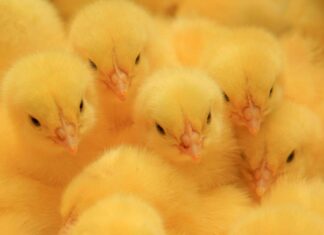
Increase demand in consumer choice and request for egg quality has resulted in a wide variety of egg selection available in the retail market
Specialty designer eggs, including those that have been nutritionally supplemented, or are produced from hens with various levels of enrichment in their environment, represent a portion of the table egg market, which is increasing in size. In this study, egg quality characteristics were analyzed using a one-way analysis of variance and Tukey’s test using JMP v.13.0.0. to evaluate two commercially available conventional egg brands (Brands A – white and B – brown) and four commercially available designer egg brands (Brand C-F). Eggs were of the same age and were sampled twice over a seven-month span. A total of 309 eggs, were evaluated for shell, content weight, dimensional measurements, and breakage force.
Calculations were completed to determine percent yolk and albumen, yolk index, and Haugh units, followed by an accelerated lipid oxidation study. No significant variation exists in breakage force. Brands A-E meet AA grade standard at a score of 72 Haugh units or above, while Brand F, a pasture-raised brand, meets the A grade standard, falling between 60 to 71 Haugh units. Brand F has the highest yolk fan color value (10.41 ± 0.193, P<0.001), and the lowest yolk index (0.523 ± 0.013, P< 0.05). Additionally, Brand F has the smallest albumin height (P<0.001). As albumin height is an indication of freshness, and as all eggs were of equivalent age, it is possible that Brand F exhibits overall lower quality compared to other brands.
The conventionally raised white eggs of Brand A experienced the greatest increase in % free fatty acids during oxidation study, which would likely result in off-flavors from hydrolytic rancidity to be more prevalent in this brand. The organic, cage free Brand D eggs have a significantly greater peroxide value (17.3 ± 2.9, P< 0.001), relative to all other brands, and is over the 10 mEg/kg threshold, which would be considered a unsuitable product for consumption.
Ultimately, the measures of quality used in this study are essential for evaluating the sustainability of the specialty egg market.
Source: 2019 International Poultry Scientific Forum














